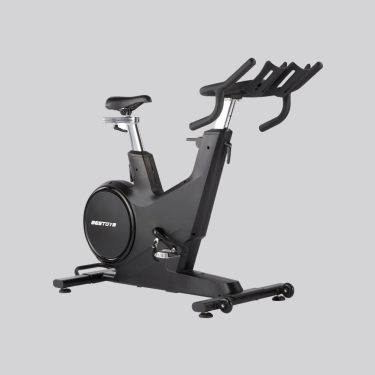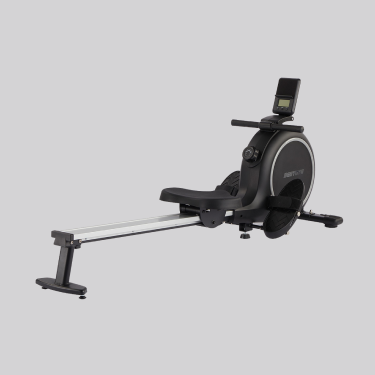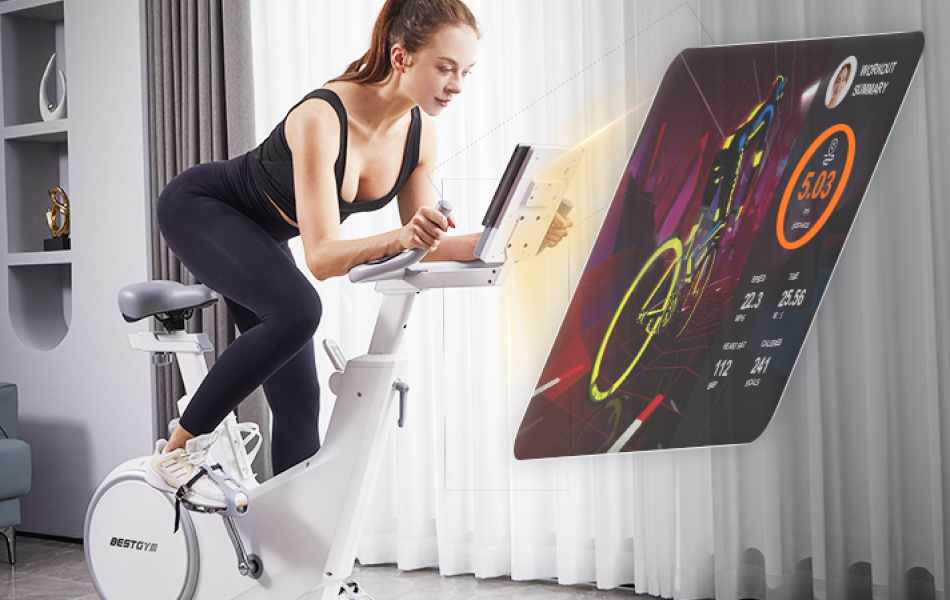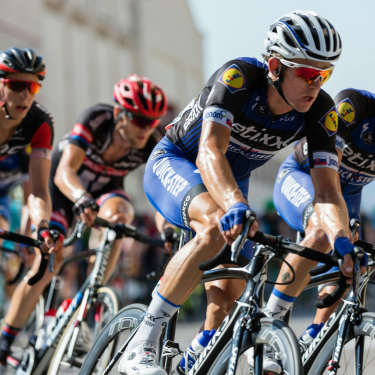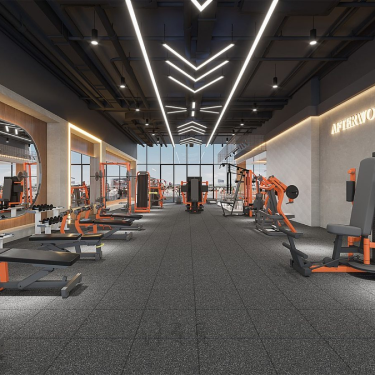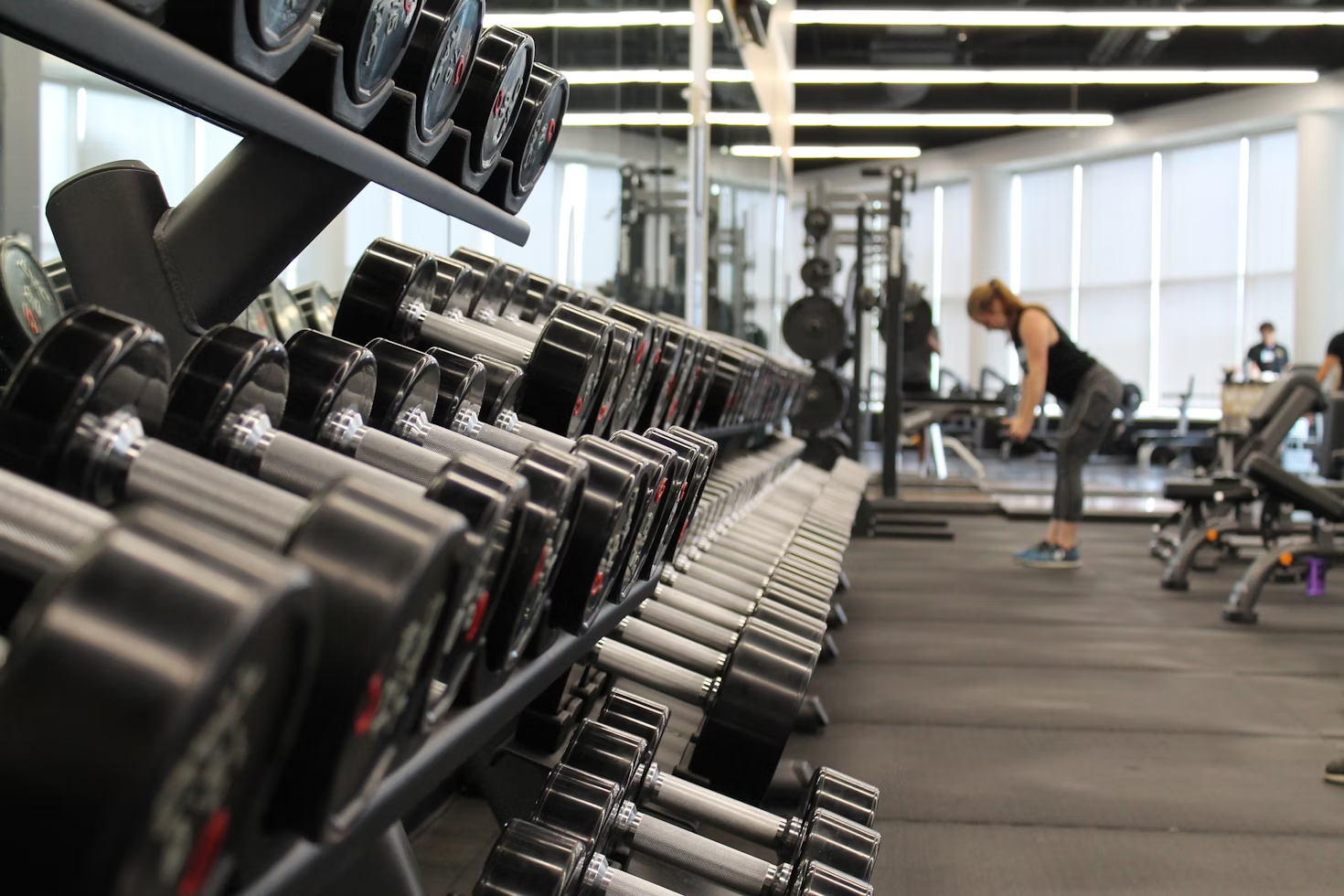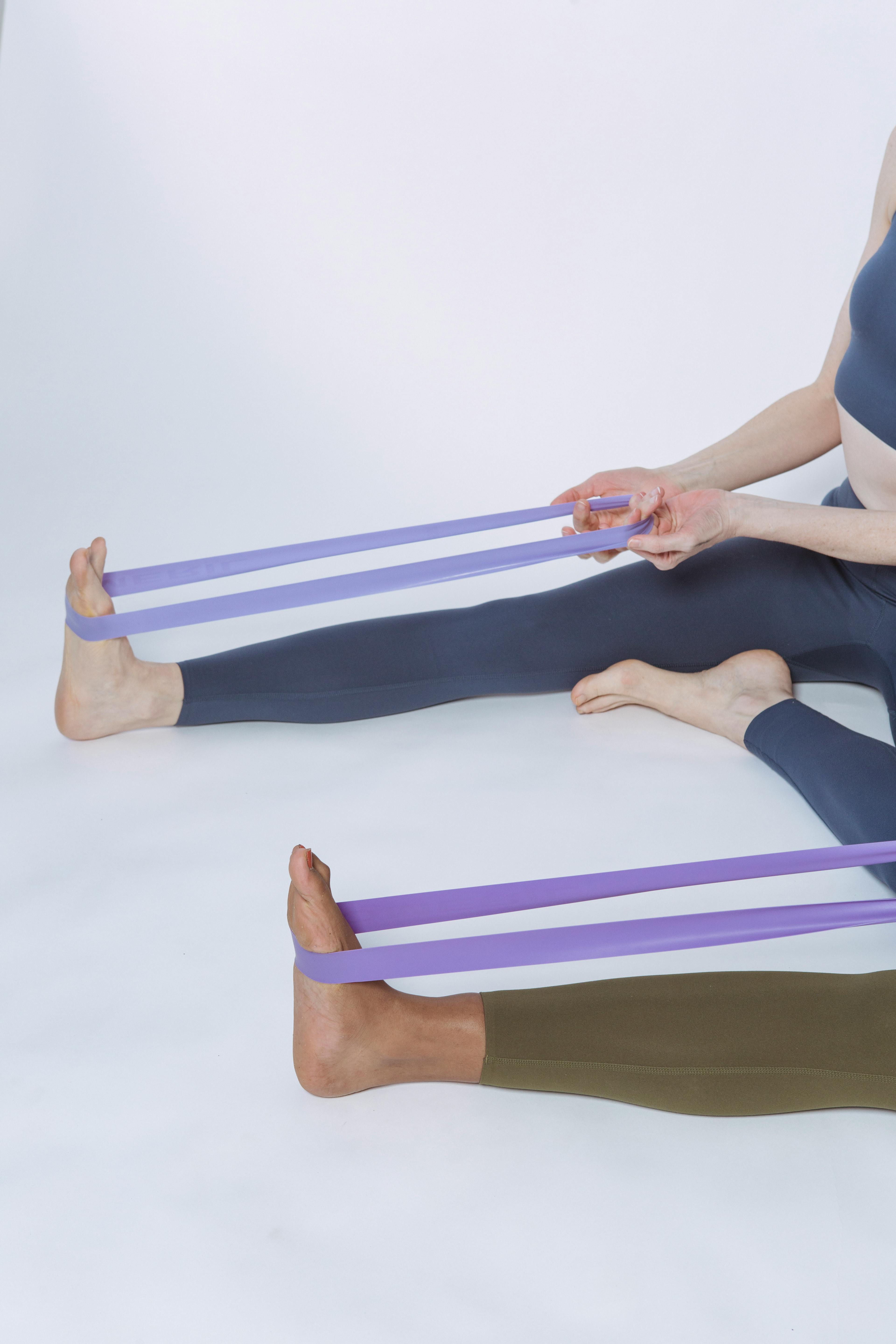What Muscles Are Worked During Russian Kettlebell Swings
The Russian kettlebell swing is an iconic exercise that has earned its place in the world of strength and conditioning. This movement is deceptively simple but offers a plethora of benefits for your muscles, cardiovascular health, and overall fitness. However, to fully appreciate its impact, it's essential to dive deeper into the muscle groups it targets and the mechanics behind the exercise. Incorporating exercises like the Russian kettlebell swing alongside cardio equipment such as a rowing machine can create a well-rounded fitness routine that builds both strength and endurance. This comprehensive guide will expand on the primary and secondary muscles activated during the Russian kettlebell swing, explore the biomechanics of the movement, and provide practical tips to optimize your performance.
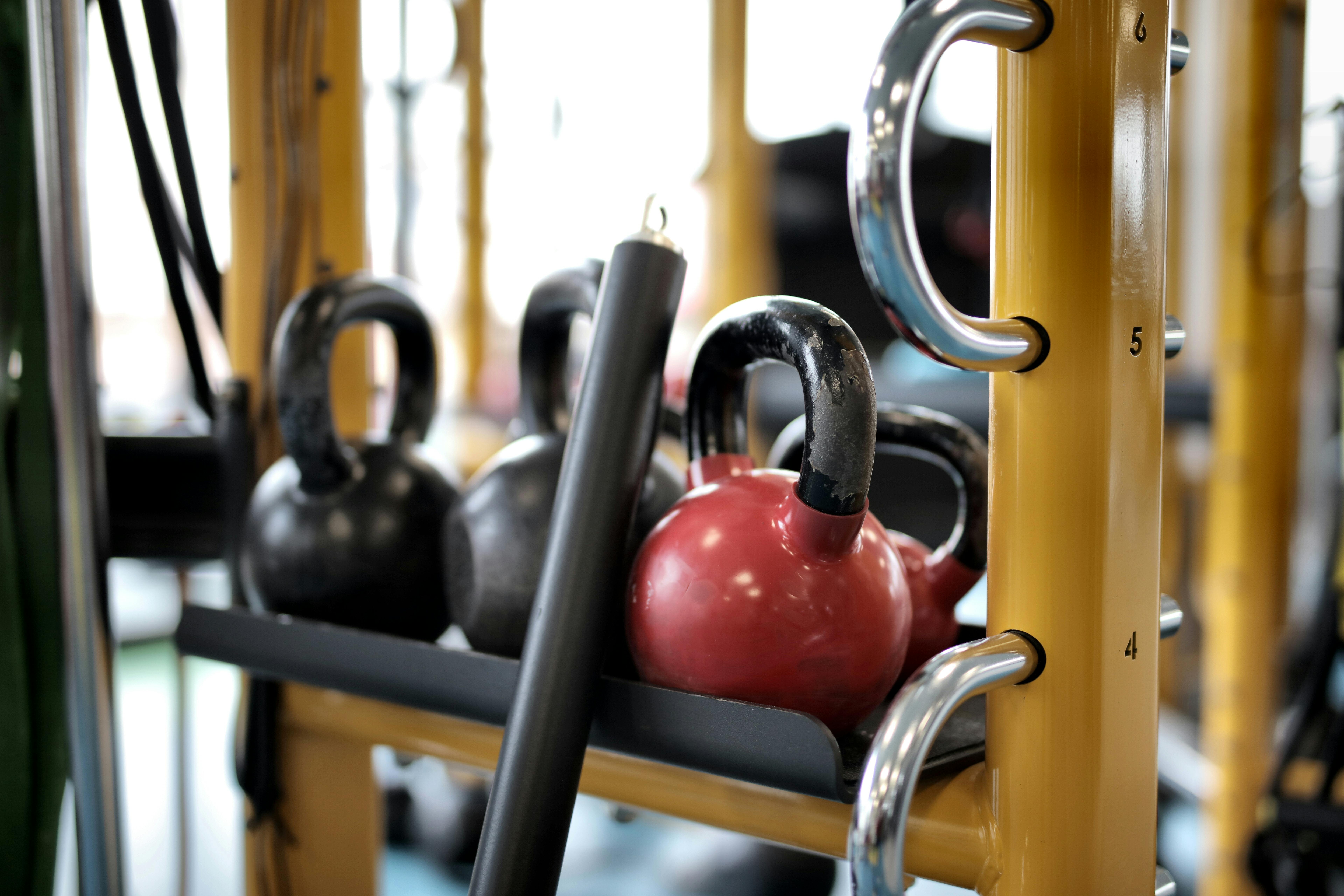
Understanding the Russian Kettlebell Swing
The Russian kettlebell swing is a compound movement that combines power, coordination, and endurance. Unlike its American counterpart, which involves swinging the kettlebell overhead, the Russian swing stops at shoulder height. This variation emphasizes explosive hip movement, which trains your posterior chain while minimizing strain on the shoulders and lower back.
The movement is built around the hip hinge, a foundational motion pattern in many strength exercises. By mastering the hip hinge during kettlebell swings, you can enhance your performance in exercises like deadlifts, squats, and Olympic lifts.
Primary Muscles Worked
1. Gluteus Maximus (Glutes)
The gluteus maximus, the largest muscle in your body, is the star of the Russian kettlebell swing. It is primarily responsible for hip extension, which powers the upward swing of the kettlebell. Engaging your glutes properly ensures that the movement remains explosive and efficient.
Detailed Role of the Glutes:
- At the top of the swing, the glutes contract maximally to lock your hips in place.
- During the backswing, the glutes lengthen eccentrically, controlling the descent and preparing for the next repetition.
Why Glute Activation Matters:
- Strong glutes improve athletic performance in activities like sprinting, jumping, and cycling.
- They support proper posture by stabilizing the pelvis and lower back.
- Well-developed glutes can help prevent injuries, especially in the lower back and knees.
2. Hamstrings
The hamstrings, located at the back of the thigh, play a complementary role to the glutes. They assist in extending the hips during the upswing and control the descent of the kettlebell through eccentric contraction.
Key Functions of the Hamstrings:
- Help generate power during the hip thrust phase of the swing.
- Stabilize the knee joint, especially during the backswing.
- Prevent hyperextension of the hips at the top of the movement.
- By strengthening the hamstrings, you can enhance your speed, agility, and overall leg strength, which are crucial for athletic performance.
3. Erector Spinae (Lower Back)
The erector spinae muscles, which run along your spine, are vital for maintaining a neutral posture during the kettlebell swing. They work isometrically to stabilize your lower back and prevent excessive rounding or arching.
Detailed Benefits of a Strong Erector Spinae:
- Supports the spine during dynamic movements, reducing the risk of injury.
- Enhances core stability, which is essential for balance and coordination.
- Improves posture, contributing to better overall biomechanics.
4. Core Muscles
The core muscles, including the rectus abdominis, obliques, and transverse abdominis, are heavily engaged during the Russian kettlebell swing. They stabilize your torso, resist rotational forces, and transfer power from the lower body to the upper body.
Specific Core Engagement:
- The rectus abdominis prevents hyperextension of the spine at the top of the swing.
- The obliques help maintain lateral stability.
- The transverse abdominis, the deepest core muscle, provides internal stability and supports the spine.
Why Core Activation is Essential:
- A strong core improves your balance and posture, both during exercise and in daily life.
- It enhances the efficiency of power transfer between your upper and lower body.
- It reduces the risk of injuries, particularly in the lower back and hips.
Secondary Muscles Worked
1. Quadriceps
The quadriceps, located at the front of your thighs, assist in stabilizing the knees and generating power during the initial push off the ground. Although they play a secondary role, their engagement is crucial for overall stability and control.
Additional Benefits of Strong Quads:
- Improved knee health and reduced risk of injuries.
- Enhanced performance in lower-body exercises like squats and lunges.
- Greater overall leg strength and endurance.
2. Shoulders and Upper Back
The deltoids (shoulders) and upper back muscles, including the trapezius and rhomboids, are activated during the upward swing. These muscles help guide the kettlebell to shoulder height and stabilize it at the apex of the movement.
Detailed Role of the Upper Body:
- The shoulders control the trajectory of the kettlebell, ensuring smooth movement.
- The trapezius supports the kettlebell’s momentum and prevents excessive strain on the arms.
- The rhomboids contribute to maintaining good posture throughout the swing.
3. Forearms and Grip Strength
The grip strength required to hold and control the kettlebell engages the forearm muscles. This constant engagement helps build endurance and strength in the hands and wrists.
Benefits of Enhanced Grip Strength:
- Improved performance in exercises like pull-ups, deadlifts, and rows.
- Greater control during dynamic movements involving weights.
- Better functionality for daily tasks requiring hand strength.
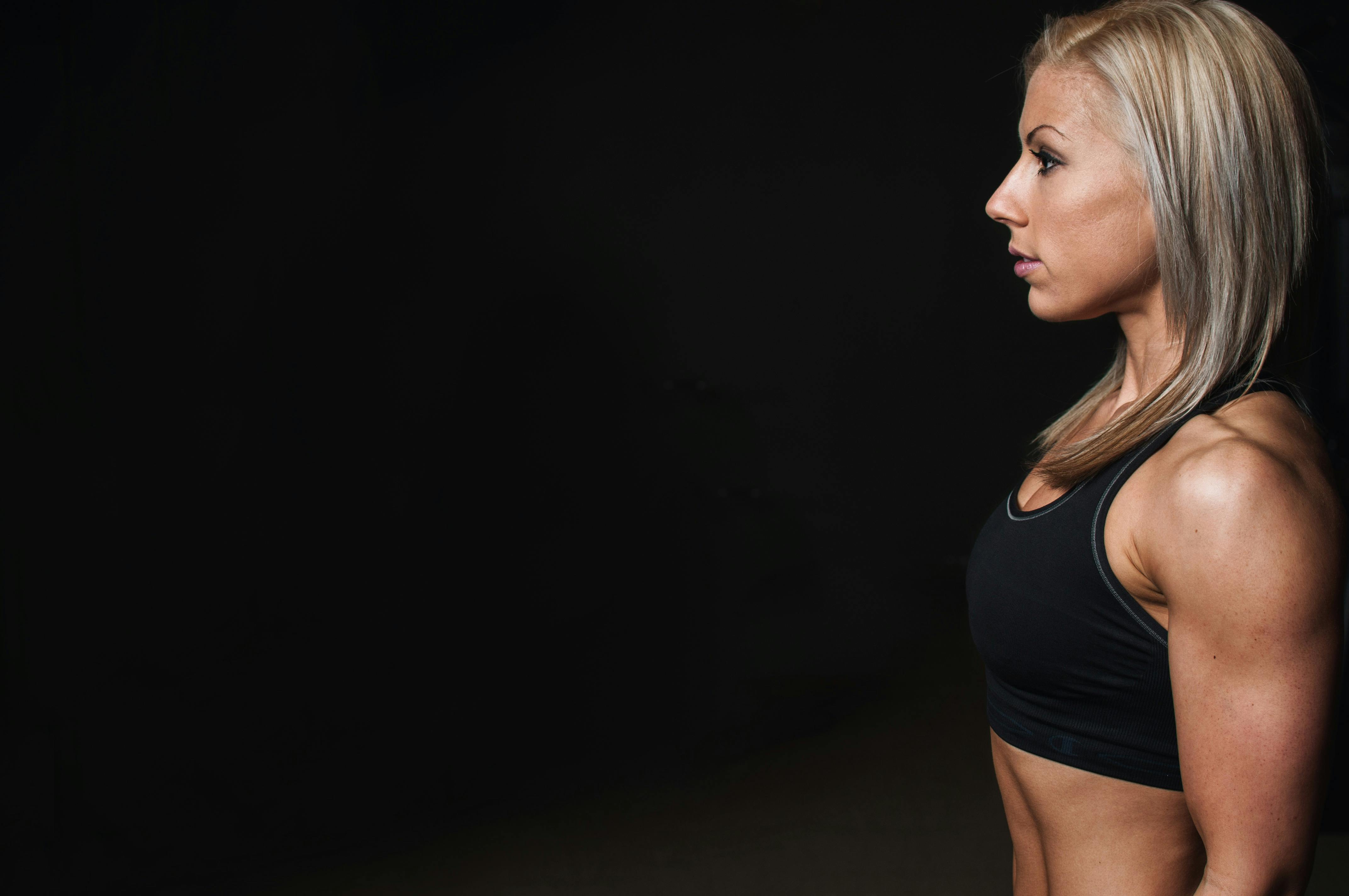
The Biomechanics of the Russian Kettlebell Swing
To fully understand the muscle engagement in the Russian kettlebell swing, it’s essential to break down its biomechanics into four distinct phases: the set-up, backswing, upswing, and control phases. Each phase plays a crucial role in ensuring proper form, safety, and effectiveness.
Set-Up Phase
The set-up is the foundation of the swing. Stand with your feet shoulder-width apart, positioning the kettlebell slightly in front of you. Hinge at the hips by pushing your glutes backward while maintaining a flat back and engaged core. Reach forward to grip the kettlebell with both hands, ensuring a firm but relaxed hold. Retract your shoulder blades and engage your lats to stabilize your upper body, creating tension throughout your posterior chain. This phase sets the stage for an efficient and powerful swing.
Backswing Phase
In the backswing, hinge at the hips to swing the kettlebell back between your legs. Your knees should remain slightly bent, and your back neutral, avoiding any rounding or excessive arching. The backswing loads the posterior chain, storing energy like a coiled spring for the explosive upswing.
Upswing Phase
Explosively drive your hips forward, fully engaging your glutes and hamstrings to propel the kettlebell upward. The power comes from your hips, not your arms, allowing the kettlebell to reach shoulder height through momentum alone. Maintain a neutral spine and tight core to stabilize your movement.
Control Phase
As the kettlebell descends, hinge at the hips again, allowing the weight to swing back naturally. Engage your hamstrings to decelerate the movement while maintaining control. Reset your posture and breathing, preparing for the next repetition. Proper control ensures consistency and reduces injury risk.
Benefits of Russian Kettlebell Swings
1. Full-Body Workout
Russian kettlebell swings are a highly efficient exercise that targets multiple muscle groups simultaneously, including the glutes, hamstrings, core, and shoulders. This compound movement also engages stabilizing muscles, making it a well-rounded workout. The integration of strength and endurance components ensures you get both muscle-building and cardiovascular benefits in one session, saving time and maximizing effectiveness.
2. Improved Hip Hinge Mechanics
The hip hinge is a foundational movement pattern crucial for exercises like deadlifts, squats, and Olympic lifts. Kettlebell swings reinforce this movement by teaching you to generate power from the hips while maintaining a neutral spine. Over time, this improves your technique in other lifts, reduces the risk of injury, and enhances functional strength for everyday activities.
3. Enhanced Explosive Power
Russian kettlebell swings focus on developing explosive power in the posterior chain, particularly in the glutes and hamstrings. This power translates to better athletic performance in sports and activities requiring quick bursts of speed or force, such as sprinting, jumping, or tackling.
4. Cardiovascular and Metabolic Benefits
The high-intensity nature of kettlebell swings elevates your heart rate, making it an excellent cardiovascular workout. The continuous, dynamic movement also boosts metabolic rate, helping to burn calories and improve endurance. This combination makes kettlebell swings ideal for fat loss and overall conditioning.
Common Mistakes to Avoid
1. Overusing the Arms
A common error is relying on the arms to lift the kettlebell. The power should come from the hips, not the arms. Focus on generating momentum through explosive hip movement to propel the kettlebell upward.
2. Rounding the Back
Maintaining a neutral spine is critical to avoid injury. Avoid rounding your back by engaging your core and keeping your chest lifted throughout the movement.
3. Squatting Instead of Hinging
The kettlebell swing is a hip hinge movement, not a squat. Excessive knee bending shifts focus away from the posterior chain, reducing effectiveness.
4. Improper Grip
A grip that is too tight or too loose can affect control and safety. Maintain a firm but relaxed grip to allow smooth, controlled swings.
Tips for Maximizing Muscle Engagement
1. Warm-Up Properly
Prepare your body by activating key muscle groups with exercises like glute bridges, hip openers, and dynamic stretches. A proper warm-up enhances mobility, reduces injury risk, and primes your muscles for optimal engagement.
2. Use an Appropriate Weight
Select a kettlebell weight that allows you to maintain proper form while still challenging your muscles. Start with a lighter weight to master the technique, and gradually increase as your strength and confidence improve.
3. Focus on Technique
Quality over quantity is essential. Concentrate on maintaining a neutral spine, proper hip hinge mechanics, and controlled breathing to maximize muscle activation and efficiency.
4. Incorporate Variations
Add single-arm swings, alternating swings, or heavier swings to challenge your muscles in new ways, enhance stability, and prevent plateaus. Mixing up your routine keeps the workout engaging and effective.
Conclusion
The Russian kettlebell swing is a highly effective exercise for building strength, improving endurance, and enhancing overall fitness. By understanding the muscles worked and focusing on proper technique, you can maximize its benefits and integrate it into a well-rounded training program. Whether you're a beginner or an advanced athlete, mastering this movement will elevate your workout routine and deliver exceptional results.
Read More: What Muscles Does a Rowing Machine Work?

